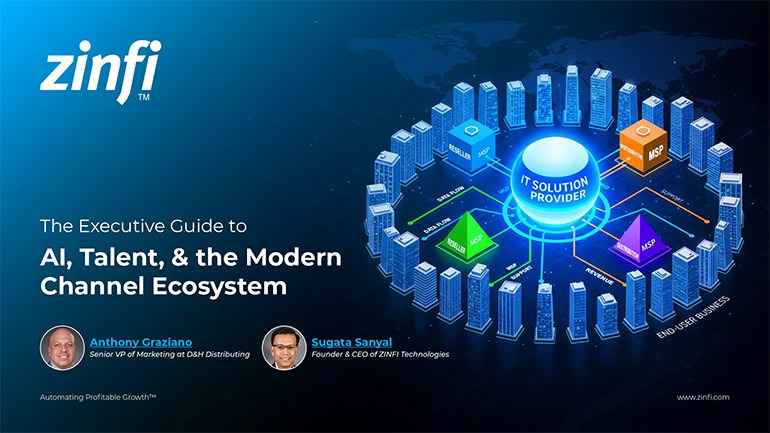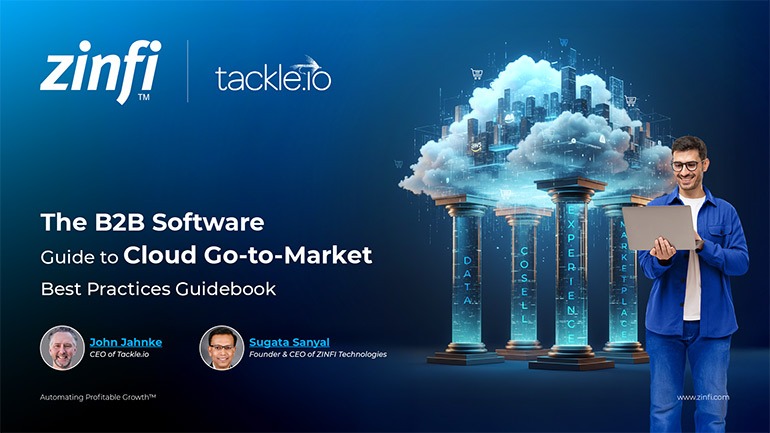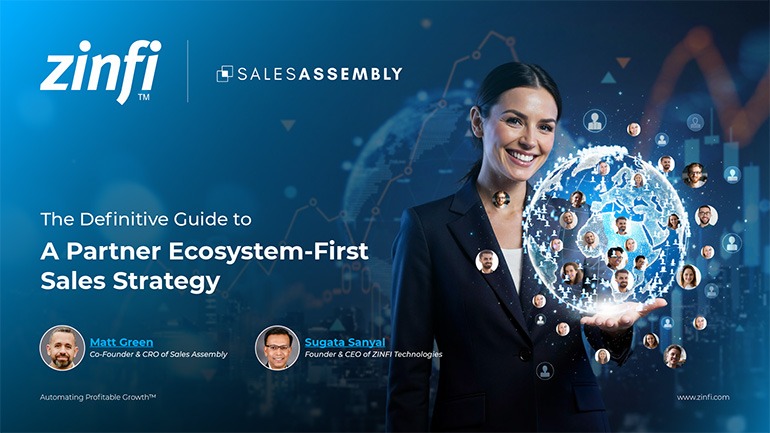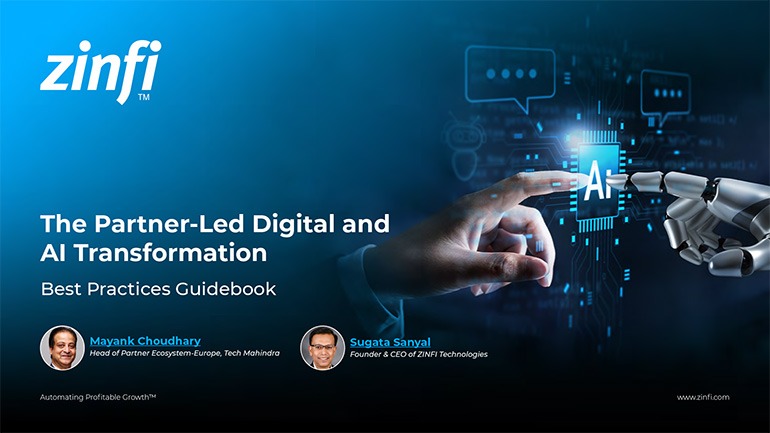Glossary - How to - Automate Partner Marketing
How to Automate Partner Marketing?
Introduction
Defining Automate Partner Marketing and Its Relevance
Automate partner marketing involves using software tools and platforms to streamline, manage, and optimize marketing activities conducted with and through channel partners. Traditionally, managing partner marketing campaigns required significant manual effort, from campaign creation and lead management to performance tracking. Automation brings efficiency, reduces human error, and provides scalability to partner marketing programs. In competitive landscapes, where companies increasingly rely on indirect sales channels, the ability to automate partner marketing efforts ensures consistent brand messaging, accelerates go-to-market initiatives, and improves partner engagement.
Partner marketing automation is crucial because it allows organizations to leverage the full potential of their partner ecosystem. When done right, it leads to improved partner satisfaction, enhanced lead generation, and a higher return on investment (ROI) from marketing spend. Automation ensures that campaigns are executed flawlessly across multiple partners, regardless of their size or location.
Importance in Partner Relationship Management (PRM)
In Partner Relationship Management (PRM), automating partner marketing is a game-changer. PRM platforms like ZINFI’s Unified Channel Management (UCM) solutions provide integrated modules that help automate partner onboarding, enablement, and marketing activities. By automating these functions, organizations can create seamless partner experiences, increase program scalability, and ensure partners the right tools and resources to drive revenue.
Partner marketing automation also contributes to data-driven decision-making. Integrated analytics offer visibility into campaign performance, helping vendors and their partners optimize strategies over time. Automating partner marketing is essential for building a scalable and efficient PRM ecosystem.
Key Takeaways:
Set Clear Goals and Metrics for Partner Marketing Automation:
Before embarking on automation, organizations must clearly define their objectives. Are you aiming to increase partner-led lead generation, improve partner engagement, or streamline co-branded campaigns? Setting specific, measurable, attainable, relevant, and time-bound (SMART) goals ensures that the automation process aligns with broader business objectives.
Define key performance indicators (KPIs) such as lead conversion rates, campaign activation rates, and partner engagement metrics. A PRM solution like ZINFI’s partner marketing management can track these KPIs in real time, allowing organizations to refine their strategies continuously.
Choose the Right Partner Marketing Automation Tools:
Selecting the right tools is critical to successful automation. Look for a solution that offers:
- Campaign templates and customization options
- Co-branding capabilities
- Lead management and tracking
- Multi-touch campaign orchestration
- Analytics and reporting dashboards
ZINFI’s Unified Channel Management platform offers comprehensive features to automate the full spectrum of partner marketing activities.
When evaluating tools, consider integration capabilities with existing CRM and marketing automation platforms to ensure seamless workflows.
Streamline Co-Branded Campaign Creation:
Creating manual co-branded marketing materials can be tedious and prone to inconsistencies. Automation simplifies the process by offering ready-to-use templates where partners can easily insert their logos, contact details, and localized content.
With solutions like ZINFI’s Partner Marketing Concierge Services, vendors can ensure partners a library of pre-approved assets, enabling quicker deployment and brand consistency across campaigns.
Implement Lead Distribution and Management Workflows:
Effective lead management is a cornerstone of partner marketing success. Automating the distribution of leads based on geography, partner capability, or tier assigns leads to the right partners without delay.
Automation platforms should also enable partners to update lead status, provide feedback, and nurture prospects systematically. This closed-loop approach to lead management increases conversion rates and enhances partner accountability.
Analyze and Optimize Campaign Performance:
Automation is not a set-it-and-forget-it process. Continuous analysis and optimization are vital for long-term success. Use reporting tools to track campaign effectiveness, identify best-performing partners, and uncover areas for improvement.
Look for trends such as open rates, click-through rates, and lead-to-close ratios. Incorporate feedback loops to fine-tune messaging, offers, and delivery methods. Platforms like ZINFI’s channel analytics offer deep insights that empower organizations to make informed decisions.
Summary of Key Takeaways:
Automating partner marketing is a strategic move that, when done correctly, significantly boosts efficiency, scalability, and partner engagement. Setting goals, choosing the right tools, streamlining content creation, implementing lead management workflows, and continuously analyzing performance are the pillars of a successful automation strategy.
Key Examples:
- Automotive Manufacturing: Automotive companies often rely on a network of dealerships to sell their vehicles. Automating partner marketing allows these manufacturers to roll out co-branded email campaigns, promotions, and event invitations quickly across hundreds of dealerships. For example, an automotive brand could use automation to launch a nationwide promotional event simultaneously across all dealer locations.
- Consumer Electronics: Consumer electronics brands partner with retailers and resellers to reach end customers. Automation enables consistent messaging for new product launches, seasonal promotions, and loyalty programs. It also facilitates quick localization of marketing materials for different regions, ensuring relevance and maximizing impact.
- Energy Production: Companies often collaborate with installation and maintenance partners. Automating partner marketing helps energy producers provide updated marketing collateral, webinars, and product training to these partners, ensuring they have the latest information and resources to promote new offerings.
- Financial Services: Banks and insurance companies partner with brokers, agents, and consultants. Automation helps maintain consistent messaging about new financial products, regulatory updates, and customer incentives. Partner portals with automated marketing tools empower brokers to create personalized campaigns while adhering to compliance requirements.
- Food and Beverage: Food brands often work with distributors and retail chains. Automating partner marketing ensures that product launches, promotional campaigns, and point-of-sale materials are distributed efficiently across partner networks, maintaining brand consistency and accelerating market penetration.
- Healthcare Services: Healthcare providers collaborate with clinics, pharmacies, and medical equipment suppliers. Automating partner marketing activities ensures these partners receive timely updates about new treatments, health programs, or medical devices, improving education and driving adoption across the healthcare ecosystem.
- Information Technology: In IT, vendors work with value-added resellers (VARs) and managed service providers (MSPs). Automating partner marketing enables tech companies to launch global campaigns, nurture leads, and support co-selling efforts efficiently. Dynamic content personalization ensures relevance for various partner types.
- Pharmaceutical Development: Pharmaceutical companies collaborate with distributors, research organizations, and healthcare providers. Automating marketing communication ensures drug launch information, clinical research findings, and educational materials reach partners quickly, helping them disseminate accurate information to healthcare professionals.
- Retail Industry: Retail brands often use franchise models. Automation helps franchises execute centralized campaigns with localized customizations, improving promotional consistency and operational efficiency. Retailers can automate seasonal sales campaigns, loyalty programs, and easy new store openings.
- Telecommunications: Telecom companies partner with resellers and service providers to expand their footprint. Automating marketing activities ensures faster rollout of new service plans, promotional offers, and hardware launches. It also supports ongoing education efforts through automated webinar invitations and product updates.
Conclusion:
Automating partner marketing is essential for organizations looking to scale their indirect sales efforts efficiently. It enables brands to deliver consistent messaging, accelerate campaign rollouts, improve partner engagement, and drive measurable ROI. Businesses can maximize the value of their partner ecosystems by setting clear goals, choosing the right tools, streamlining content creation, managing leads effectively, and continuously optimizing campaigns.
Manual processes cannot keep up in fast-paced and highly competitive environments. Implementing a robust partner marketing automation strategy, supported by a capable PRM platform like ZINFI’s Unified Channel Management, is a strategic investment that yields long-term benefits. Organizations that embrace automation will position themselves as industry leaders, fostering deeper partner relationships and achieving sustained growth.
Associated Keywords:
- Partner Marketing Automation Best Practices
- How to Automate Co-Branded Campaigns
- Partner Lead Management Automation














